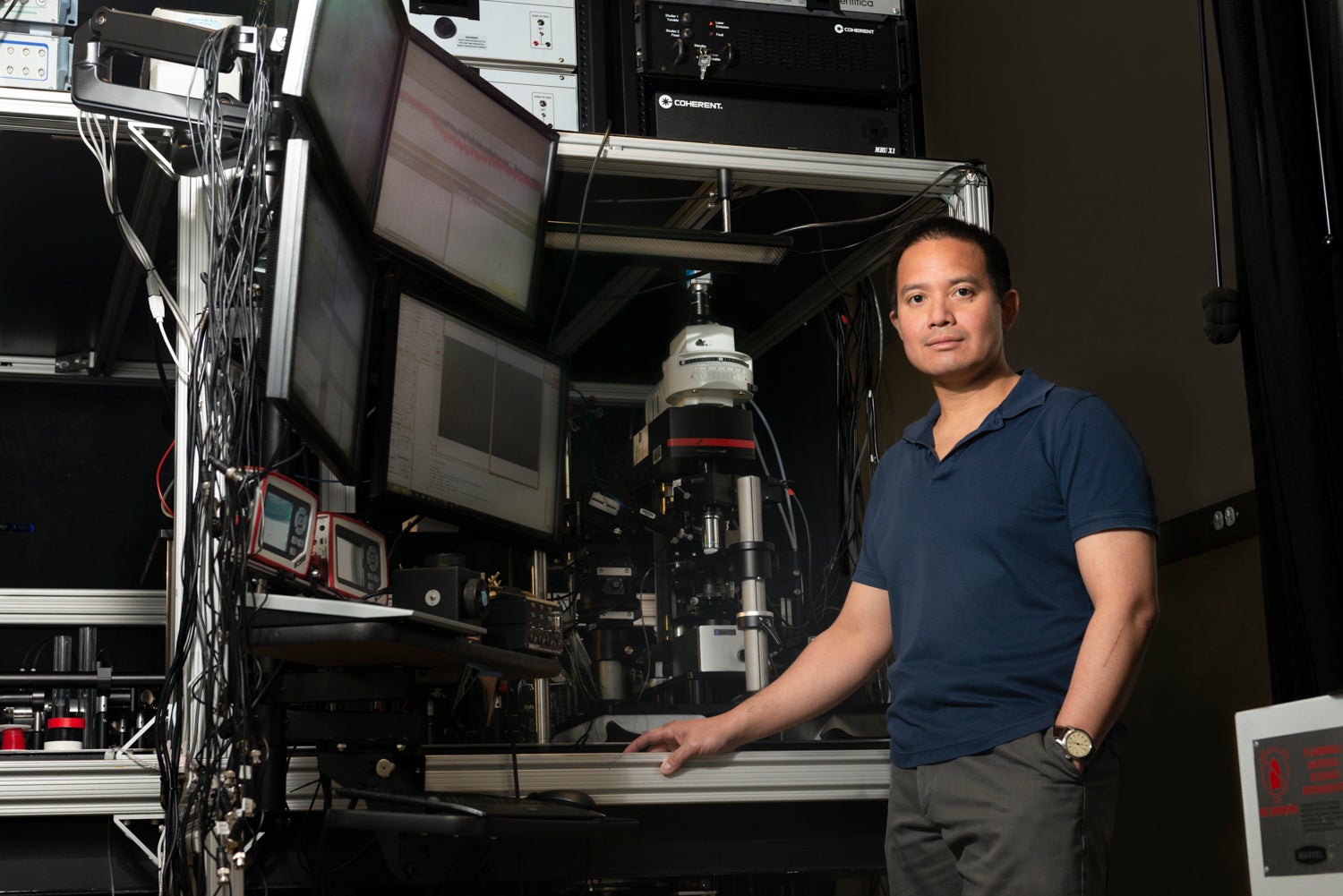Research Associate, F. M. Kirby Neurobiology Center, Boston Children's Hospital

We ask how light drives functions that are as diverse as visual perception, sleep regulation, hormonal control, and setting of the internal body clock. We pose this question for species that occupy distinct ecological niches to learn how visual mechanisms are tailored to different behavioral needs. Our research spans organizational levels and time scales, from molecules to circuits and from milliseconds to hours. It centers on electrophysiological and optical techniques that are applied in vitro and in vivo.
Visual performance is remarkable. Perception can be elicited by a handful of photons, yet continues when the light level has intensified by many orders of magnitude. How is this dynamic range established? In cases of severe blindness where visual awareness is lost, light can still keep the body clock and hormone levels in register with the solar cycle. What are the origins of this robustness?
Questions of dynamic range, robustness, and other parameters of system operation recur throughout the biological sciences. The visual system allows them to be posed in a particularly quantitative way because light is precisely controllable and its impacts measurable at levels ranging from the conformational changes of molecules to behavioral outputs. We seek connections between these levels.
An understanding of the visual system also provides the foundation for learning how to detect early signs of its dysfunction, and for maintaining or restoring sight when it is lost. By studying vision in different species, we learn how lessons from common laboratory animals can be applied to matters of human health.
Further information about the lab can be found on our site and by contacting us.
